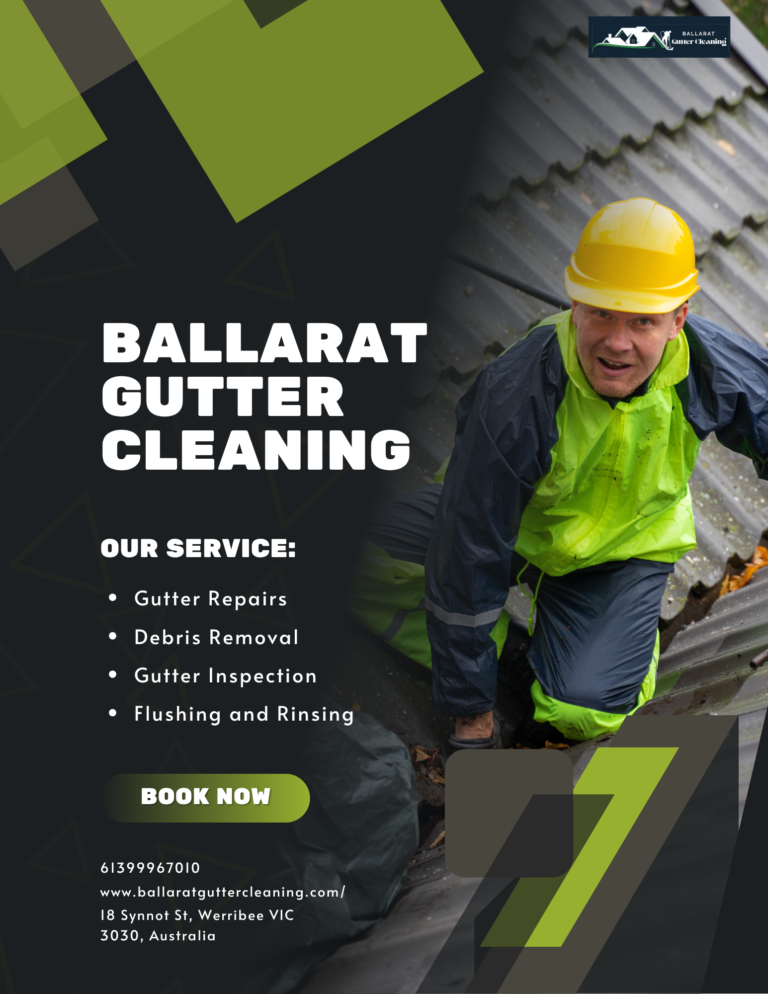Discover how professional chute cleaning enhances hygiene, reduces fire risks, and ensures building compliance. A must-read guide for property managers.
Introduction
In modern high-rise buildings and apartment complexes, waste management is a critical concern. One key but often overlooked component of waste disposal systems is the vertical trash chute. These chutes offer a convenient way for residents or office tenants to dispose of waste without leaving their floors. However, without regular maintenance, these systems can become a source of serious health hazards and structural damage. This article explores the importance of professional chute cleaning, how the process works, and the impact it has on overall building safety and hygiene.
Understanding What a Chute System Is
Trash chutes are vertical tunnels—typically made of metal—that run through multiple floors of a building. Waste dropped into these chutes is collected at the bottom in a compactor or bin, from where it is eventually removed by waste management personnel. Some buildings may also have linen chutes, used in hospitals and hotels for laundry transport, or recycling chutes for eco-friendly waste segregation.
Over time, debris, grease, moisture, and bacteria accumulate along the chute walls. These contaminants can lead to foul odors, pest infestations, and even fires. That’s why maintaining the cleanliness of chute systems is more than just a cosmetic measure—it’s a safety imperative.
Common Problems in Unmaintained Chutes
Failing to clean trash chutes regularly results in a host of problems:
-
Odors: Accumulated waste and moisture produce persistent, unpleasant smells that can permeate hallways and common areas.
-
Pest Infestation: Cockroaches, rats, and flies are often drawn to decaying matter in chutes, leading to infestations that spread throughout the building.
-
Bacterial Growth: Harmful bacteria like E. coli and salmonella can thrive in warm, damp conditions inside chutes.
-
Fire Hazards: Grease and dust build-up can ignite, especially in hot climates or when electrical faults are nearby.
-
Compliance Issues: Local health and building safety codes often require regular chute maintenance. Failing to comply can lead to fines or legal action.
What Is Professional Chute Cleaning?
Chute cleaning is the professional cleaning and disinfecting of the entire chute system—from the intake doors on each floor to the discharge area and compactor room. Trained specialists use commercial-grade equipment, biodegradable disinfectants, and high-pressure systems to break down built-up grime, eliminate odors, and sanitize surfaces.
The process typically includes:
-
Inspection: Identifying problem areas, structural damages, or blockages.
-
Pre-Cleaning: Manual scraping or brushing of solid waste residue.
-
High-Pressure Cleaning: Powerful jets spray hot water or foam down the chute shaft.
-
Disinfection: EPA-approved disinfectants kill bacteria, viruses, and pests.
-
Deodorization: Fogging machines are used to distribute long-lasting odor neutralizers.
-
Documentation: A final report is provided to confirm the work and highlight any maintenance concerns.
Benefits of Scheduled Chute Maintenance
Investing in regular professional chute cleaning brings several important benefits to property owners and residents alike:
1. Enhanced Hygiene
Regular disinfection removes harmful pathogens and allergens, helping to keep indoor air quality safe, especially for children and elderly residents.
2. Fire Safety Compliance
Fire departments often inspect trash and laundry chutes as part of their safety checks. Clean chutes reduce fire risks from flammable residues.
3. Increased Lifespan of the System
Clean systems operate more efficiently and are less prone to rust, corrosion, or mechanical failure.
4. Pest Control
Eliminating food waste and biofilms discourages insects and rodents from nesting in the building infrastructure.
5. Cost Savings
Preventative maintenance is always more affordable than emergency pest control, odor remediation, or structural repairs due to neglect.
Industry Standards and Frequency of Cleaning
According to industry experts and public health agencies, commercial and residential buildings should schedule professional chute cleaning at least twice a year. In facilities with higher foot traffic, such as hospitals or student dormitories, quarterly cleaning is ideal.
Standards like NFPA (National Fire Protection Association) and ASHRAE (American Society of Heating, Refrigerating and Air-Conditioning Engineers) recommend cleaning as part of a larger HVAC and waste management system protocol. In some municipalities, this is mandatory, especially in buildings with more than five floors.
Role of Property Managers and HOAs
It’s the responsibility of property management companies and Homeowners’ Associations (HOAs) to ensure the cleanliness and functionality of communal facilities, including chute systems. Chute cleaning is often bundled into building maintenance contracts, but it’s worth verifying the quality and frequency of this service.
A proactive manager doesn’t just wait for resident complaints. Instead, they schedule routine inspections and keep detailed logs of each cleaning to ensure accountability and long-term efficiency.
How to Choose a Chute Cleaning Provider
Selecting a professional cleaning company should involve more than just comparing prices. Key factors to consider include:
-
Certifications and Licenses: Ensure the company is certified in sanitation and uses EPA-approved products.
-
Experience: Look for providers with at least 5 years of experience in the field.
-
Equipment Quality: High-grade foggers, pressure washers, and deodorizers are signs of professional-level service.
-
Insurance Coverage: Confirm they have liability insurance to protect your building in case of accidents.
-
Customer Reviews: Check testimonials and online ratings to gauge service reliability.
Request a detailed service agreement that outlines all procedures, chemicals used, estimated cleaning times, and post-cleaning documentation.
Understanding the Cost Structure
Costs for chute cleaning services vary depending on:
-
Number of floors
-
Type of chute (trash, linen, or recycling)
-
Level of contamination
-
Frequency of service required
On average, basic cleaning for a mid-sized apartment building can cost between $400–$900 per service. Discounts are often available for long-term service contracts or for bundling with HVAC, duct, or carpet cleaning.
Mid-Section Keyword Integration
Chute cleaning services play a crucial role in maintaining a clean, safe, and pest-free environment in high-rise structures. Without regular sanitation of these vertical waste transport systems, buildings risk facing numerous operational and legal issues. Professional services not only extend the life of waste disposal infrastructure but also ensure compliance with health regulations. More importantly, they offer residents peace of mind by eliminating unpleasant odors, reducing pest incidents, and improving overall indoor hygiene. Whether managing a commercial property, residential tower, or medical facility, opting for expert chute maintenance helps ensure a healthier living environment for everyone.
Eco-Friendly and Green Cleaning Options
With growing concern for the environment, many professional cleaning companies now offer eco-friendly chute cleaning options. These include:
-
Biodegradable disinfectants
-
Low-pressure water systems to reduce consumption
-
Reusable cleaning pads and brushes
-
VOC-free odor neutralizers
This is particularly important in buildings aiming for LEED certification or simply wanting to reduce their environmental footprint. Going green not only protects the planet—it’s often gentler on chute surfaces, reducing long-term wear and tear.
Tips for Residents to Keep Chutes Clean
While professional cleaning is essential, residents can contribute to cleanliness by following a few guidelines:
-
Bag all trash tightly before disposal.
-
Avoid pouring liquids down the chute, as they accelerate bacterial growth.
-
Don’t use chutes for large or sharp objects that may damage the interior.
-
Report odors or blockages to management promptly.
Educational signage near chute doors can also help encourage responsible use.
Summary
Maintaining trash and laundry chutes isn’t just a cleanliness issue—it’s about public health, safety, and property value. Professional chute cleaning offers a proactive way to prevent pest infestations, improve air quality, and ensure compliance with local regulations. From odor control to fire prevention, the benefits are both immediate and long-term.
Final Thoughts
As urban spaces continue to rise vertically, so too does the need for effective, scheduled cleaning of waste management systems. Ignoring this vital task can lead to costly consequences, but a well-maintained chute ensures operational efficiency, satisfied tenants, and a positive reputation for property managers.




